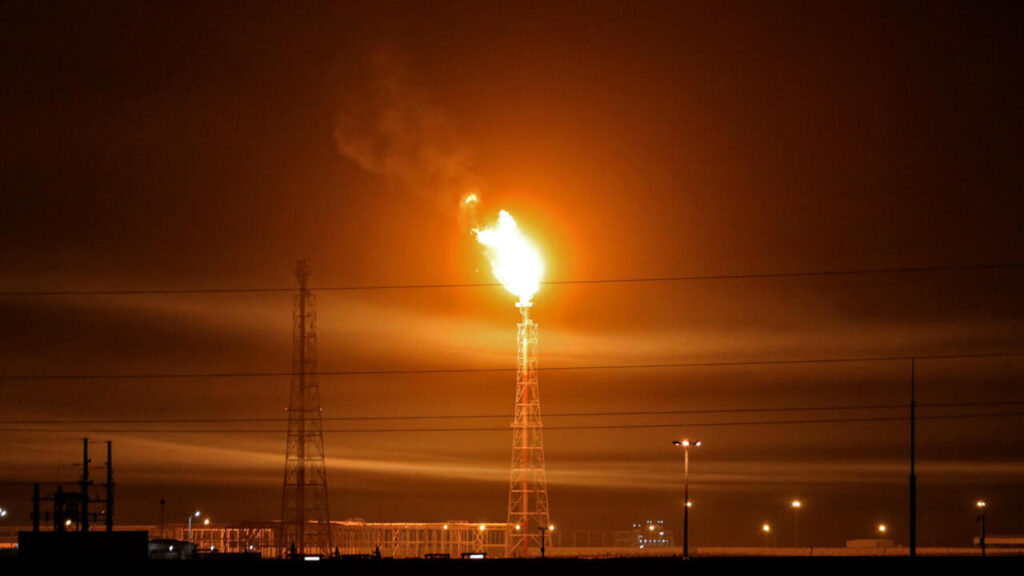In a turning point for global energy consumption, the International Energy Agency (IEA) has forecast that oil demand will decline slightly by 2030, marking the first drop in consumption since the economic shock of the COVID-19 pandemic in 2020.
In its latest “Oil 2025” report released Tuesday, the Paris-based agency projects that after peaking at 105.6 million barrels per day (bpd) in 2029, global oil demand will taper to 105.5 million bpd by the following year.
The slowdown comes amid a confluence of long-term structural shifts: sluggish economic growth, persistent geopolitical trade tensions, the global rise of electric vehicles, and a move away from using oil in power generation.
This dip marks the first significant decline in oil demand since 2020, when pandemic-related lockdowns and border closures caused consumption to plunge to 91.7 million bpd. Since then, oil demand rebounded steadily, until now.
The IEA forecasts annual growth will drop from approximately 700,000 bpd in 2025 and 2026 to near stagnation in the second half of the decade.
The report highlights major consumption shifts in key regions:
- United States: Oil demand is expected to peak in 2025 and begin declining in 2026.
- China: The world’s top crude importer will likely see demand begin falling from 2028.
- Middle East: Regional consumption will peak in 2027, with declines projected from 2028 onward.
- Saudi Arabia: The kingdom is on track to register the largest absolute drop in oil demand globally through 2030, driven by an aggressive transition from crude to natural gas and renewables for power generation.

Despite easing demand, global oil production capacity is projected to surge. The IEA estimates a capacity increase of 5.1 million bpd, reaching 114.7 million bpd by 2030, more than twice the pace of demand growth.
The lion’s share of this increase will come from two key producers:
- United States and Saudi Arabia are together expected to contribute 40% of the total capacity growth, reinforcing their dominance in global energy markets.
The IEA’s outlook comes as oil prices climb, triggered by geopolitical tensions following Israeli airstrikes on Iran and retaliatory missile attacks. However, IEA Executive Director Fatih Birol emphasised that current price hikes are not supported by market fundamentals.
“We have ample supply, and demand is much weaker than the supply,” Birol said. “We don’t expect high oil prices to be with us for a very long time.”
Birol added that the agency is prepared to intervene should any serious supply disruptions occur.
The forecast represents more than a numeric dip, it signals a tipping point in the global energy transition. As cleaner alternatives scale up, and major economies pivot from oil-centric infrastructure, the IEA’s data suggests a long-term decoupling of economic growth from oil consumption.
Whether this moment marks the start of oil’s gradual decline or a temporary plateau remains to be seen. However one thing is clear: the dynamics that once underpinned global oil demand are shifting and the world’s energy map is being redrawn in real time.



